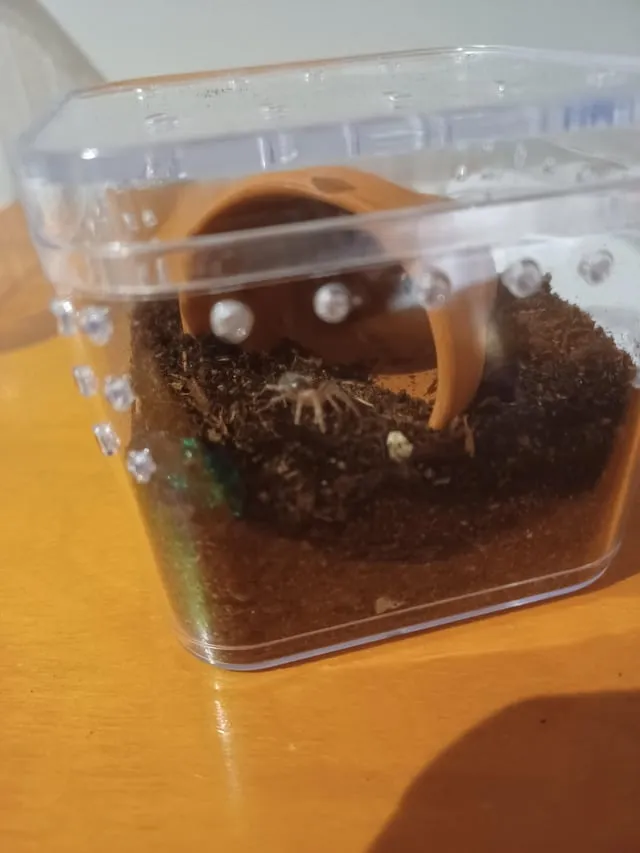Understanding Baby Tarantulas
Caring for a baby tarantula is a rewarding experience that demands a unique approach compared to adult tarantulas. These tiny arachnids, often referred to as spiderlings, require specific environmental conditions, feeding schedules, and careful handling to thrive. Their small size and delicate nature make them susceptible to various hazards, so understanding their specific needs is the first crucial step. This guide provides essential information to help you get started on the right foot, ensuring your baby tarantula enjoys a healthy and fulfilling life. Remember, patience and attention to detail are key when dealing with these fascinating creatures.
What Makes Baby Tarantulas Unique
Baby tarantulas possess distinct characteristics that differentiate them from their adult counterparts. These traits influence how you should care for them, influencing enclosure setup, feeding strategies, and handling practices. Being aware of these distinctions is crucial for your tarantula’s well-being.
Their Small Size
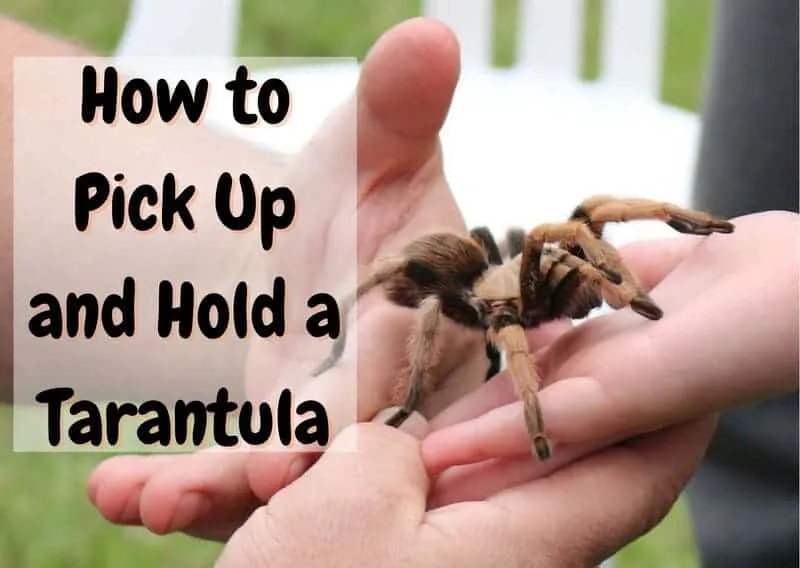
The most obvious difference is their size. Baby tarantulas are incredibly small, which means they require a smaller enclosure to prevent them from getting lost and to make finding food easier. Their size also makes them more vulnerable to environmental fluctuations and potential predators, including larger insects or even other tarantulas. Smaller enclosures provide greater control over temperature, humidity, and ventilation, which are essential for their development. The choice of appropriate enclosure size ensures your baby tarantula remains safe and can thrive.
Their Fragility
Baby tarantulas have a delicate exoskeleton that is not yet fully hardened, especially after molting. This makes them prone to injury if mishandled or if they fall from a height. Therefore, handling should be kept to a minimum. Creating a safe and stable environment is critical to minimizing the risk of harm. Providing soft substrates to cushion any falls, and avoiding unnecessary disturbances, protects the tarantula while they develop. Always be careful when opening their enclosure to prevent accidental escapes.
Essential Equipment for Baby Tarantula Care
Setting up the right habitat is crucial for the survival and well-being of your baby tarantula. A well-equipped enclosure provides the necessary environmental conditions for growth and molting. This includes proper ventilation, temperature, humidity, and a safe space to hide. Consider these essential components when preparing your baby tarantula’s home.
The Right Enclosure
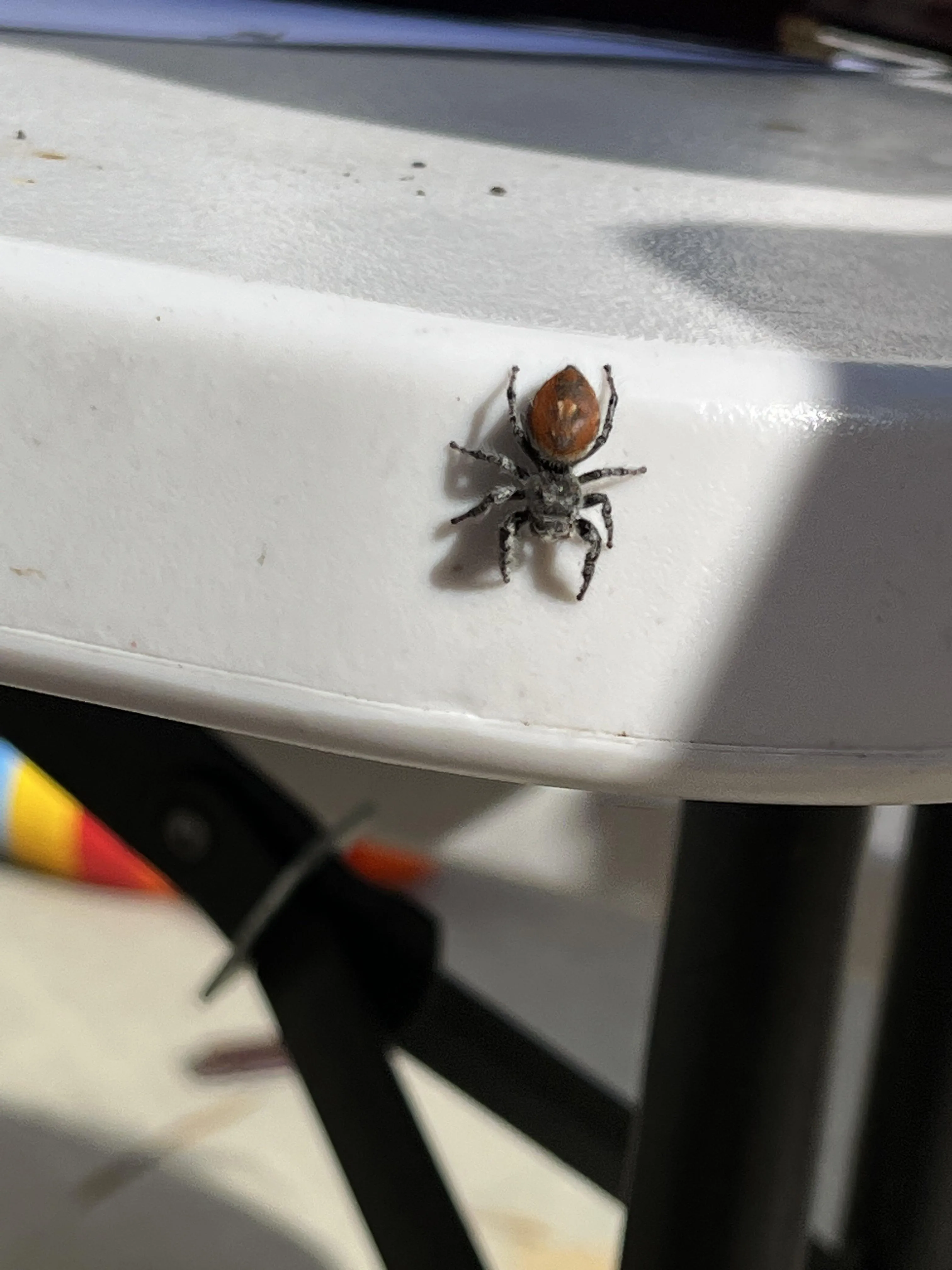
A small, secure enclosure is vital. A clear plastic container with a secure lid is often ideal because it provides good visibility and is easy to clean. The size of the enclosure should be approximately 5-10 times the tarantula’s leg span. This gives them enough room to move and hunt but does not make it too difficult to find food. Make sure the enclosure has adequate ventilation, typically in the form of cross-ventilation, with holes in the lid and sides to maintain airflow without compromising humidity. The lid should fit securely to prevent escape.
Substrate Selection
The substrate provides a base for your tarantula’s habitat and plays a crucial role in regulating humidity. A suitable substrate should retain moisture while allowing for adequate drainage. A mixture of peat moss, vermiculite, and coconut fiber is excellent. This combination holds moisture well, allowing you to maintain the right humidity levels. The depth of the substrate should be at least twice the tarantula’s leg span to allow for burrowing if the species is terrestrial or fossorial. Avoid substrates that can be toxic or that can attract mites. Regularly inspect the substrate for mold or other signs of deterioration.
Water and Humidity Control
Maintaining the correct humidity level is paramount for your baby tarantula’s health, especially when molting. Provide a shallow water dish with fresh, clean water at all times. This is crucial for hydration. Mist the enclosure regularly, depending on the species’ humidity requirements, using a spray bottle with dechlorinated water. Avoid over-misting, which can lead to mold growth and other problems. The enclosure should be kept at an appropriate temperature, typically between 75-85°F (24-29°C). Monitor the temperature with a thermometer, and adjust the heat source as needed.
Feeding Your Baby Tarantula
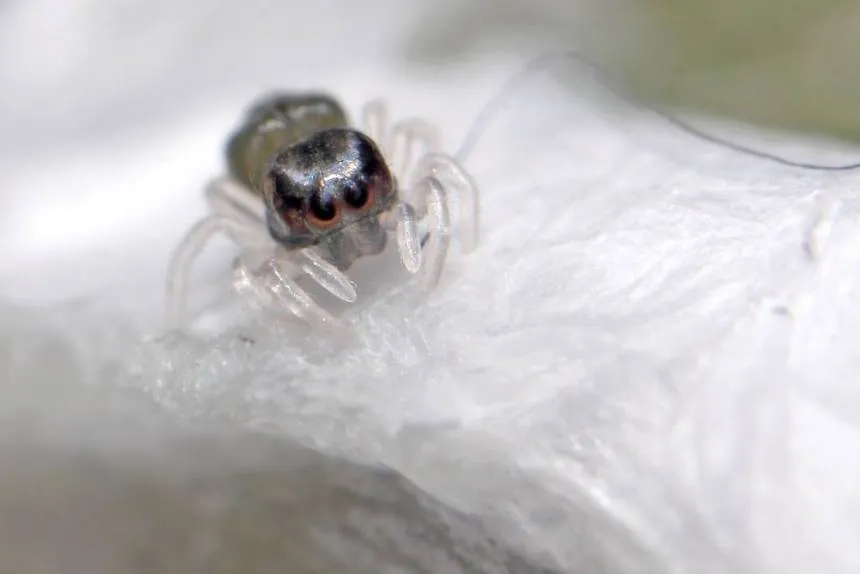
Feeding baby tarantulas requires a different approach than feeding adults. Since baby tarantulas are tiny, they can be easily overwhelmed by larger prey. Selecting the right food and providing it in the correct quantities are critical for their growth and development. Here’s how to feed your baby tarantula effectively.
Choosing the Right Food
Baby tarantulas should be fed appropriately sized live prey items. Flightless fruit flies and pinhead crickets are commonly used for spiderlings. Ensure the prey is smaller than the tarantula’s body length to avoid overwhelming the spiderling. You can also consider small mealworms or pre-killed prey items, but these should be offered with care. Live prey provides the stimulation needed for hunting and encourages natural behaviors. Consider gut-loading your prey by feeding them nutritious food before offering them to your tarantula, ensuring they get the best nutrients.
Feeding Frequency
The feeding frequency for baby tarantulas depends on their growth rate, the species, and environmental conditions. Generally, feed your baby tarantula every 2-3 days. Offer a small amount of food, such as one or two appropriately sized prey items, and remove any uneaten prey within 24 hours to prevent stress or injury to the spiderling. As your tarantula grows, you can gradually increase the size and frequency of meals. Monitor your tarantula’s abdomen, which should appear slightly rounded after feeding. If it appears too full, reduce the size or frequency of feedings.
Handling Baby Tarantulas Safely
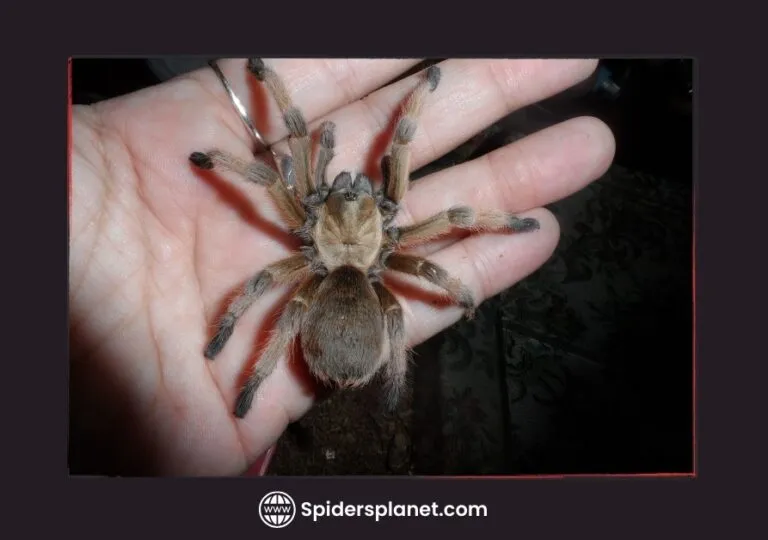
Handling baby tarantulas should be kept to a minimum. Their fragile nature and small size make them vulnerable. Understanding when to avoid handling and practicing safe techniques are essential for their well-being. Here’s how to do so safely.
When to Avoid Handling
Avoid handling your baby tarantula unless absolutely necessary. Handling can be stressful and can potentially lead to injury. Refrain from handling during or after molting, as the tarantula’s exoskeleton is exceptionally soft. Avoid handling if the tarantula appears stressed, agitated, or defensive. Signs of stress include a threat posture or erratic movements. Minimize handling during feeding times as well, and only handle your tarantula in a safe environment, such as close to a soft surface.
Techniques for Handling
If you need to handle your baby tarantula, do so with extreme caution. If you must move your tarantula, gently coax it onto a wide, soft brush. Never grab or force the tarantula. Keep your movements slow and deliberate to avoid startling it. Handle the tarantula over a soft surface, such as a bed or a carpet, to prevent injuries if it falls. Always wash your hands before and after handling to prevent the transfer of any contaminants and to eliminate any scents that might be unsettling to the tarantula.
Cleaning and Maintaining the Habitat
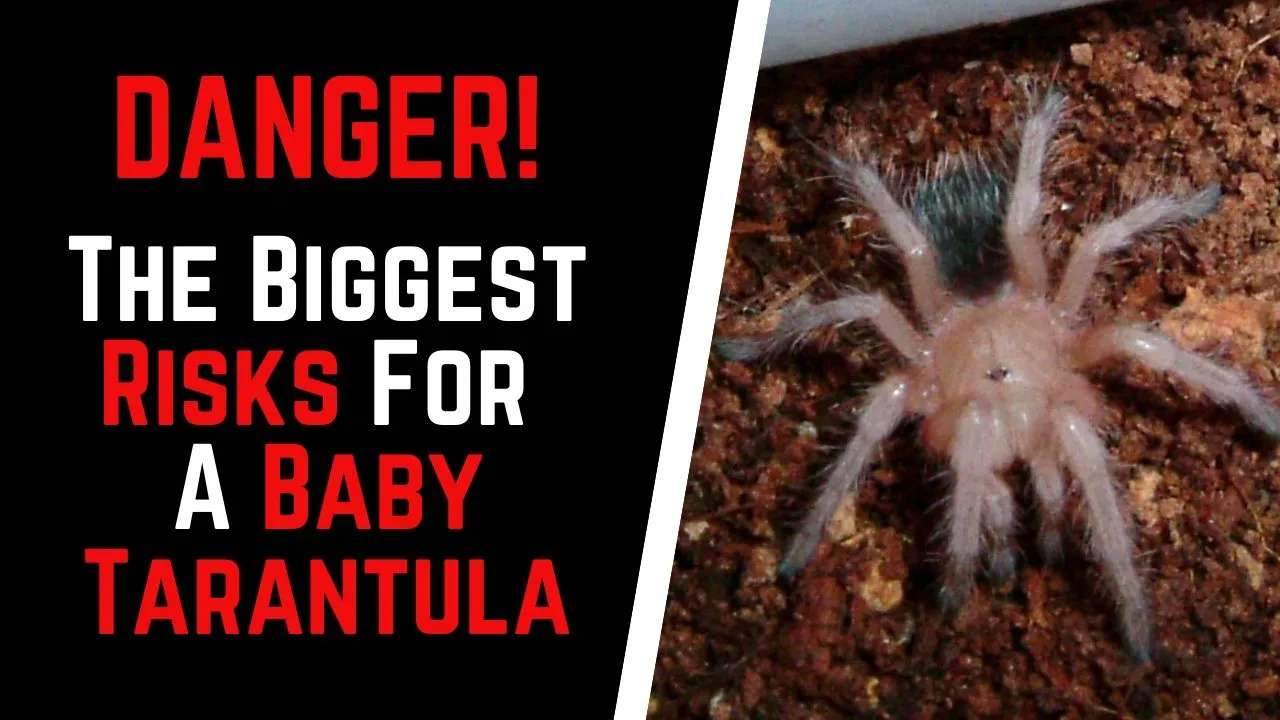
Keeping the habitat clean and well-maintained is fundamental for your baby tarantula’s health. Regular cleaning prevents the buildup of waste, mold, and bacteria, creating a safe and hygienic environment. Proper maintenance also helps in controlling humidity and ensuring optimal living conditions. Here are essential aspects to keep in mind.
Regular Cleaning Schedule
Establish a regular cleaning schedule to keep your baby tarantula’s enclosure clean. Spot-clean the enclosure as needed, removing any uneaten food or debris daily. Replace the water dish with fresh water every 1-2 days. A full substrate change is typically required every 3-6 months, depending on the size of the enclosure, the amount of waste produced, and the substrate type. Inspect the enclosure regularly for any signs of mold or other issues, addressing them immediately.
Substrate Maintenance
Substrate maintenance is crucial for controlling humidity and preventing mold growth. Regularly check the substrate for moisture levels. You can use a hygrometer to monitor humidity. If the substrate appears too dry, mist the enclosure. If it’s too wet, increase ventilation. When changing the substrate, remove all old substrate, clean the enclosure thoroughly, and replace it with fresh, appropriate substrate. This maintains a clean and healthy living environment and reduces the risk of health problems.
Identifying and Addressing Health Issues
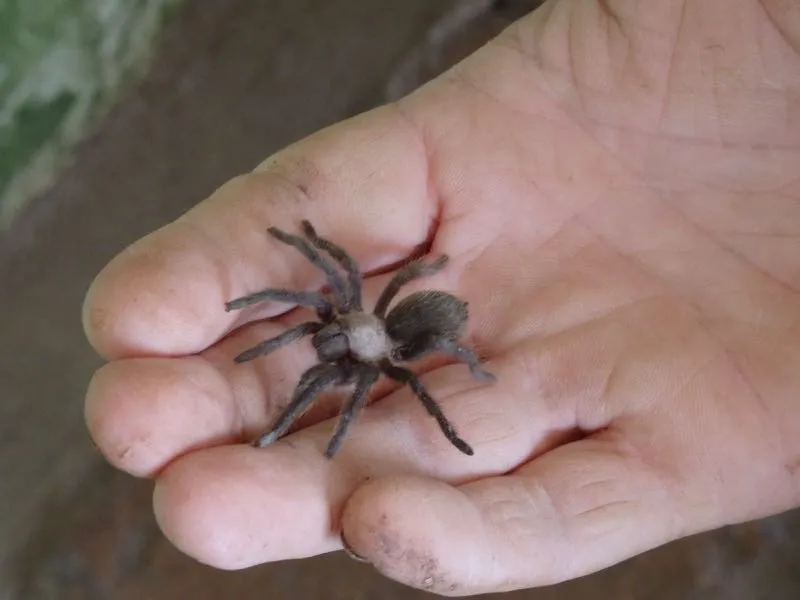
Baby tarantulas, like all animals, are susceptible to various health problems. Recognizing the signs of illness early and taking prompt action can significantly improve your tarantula’s chances of recovery. Being able to identify common health issues and knowing when to seek professional help is key.
Common Health Problems
Some of the most common health issues in baby tarantulas include dehydration, parasitic mites, and mold or fungal infections. Dehydration can be caused by insufficient access to water or low humidity levels. Signs of dehydration include a wrinkled abdomen and lethargy. Mites can be identified as tiny, moving spots on the tarantula or its enclosure. Fungal infections often manifest as discoloration or lesions on the tarantula’s body. Quarantine any new tarantulas to prevent the spread of disease.
When to Consult a Vet
If you suspect your baby tarantula is ill, consult a veterinarian experienced with exotic animals. You should seek veterinary assistance if you observe any of the following symptoms: loss of appetite, lethargy, unusual behavior, difficulty molting, or any visible injuries or lesions. Early intervention can often prevent more serious problems. When transporting your tarantula to the vet, do so in its enclosure to minimize stress. Providing the vet with information about your tarantula’s environment, feeding, and any observed symptoms can aid in the diagnosis and treatment.
Final Thoughts on Baby Tarantula Care
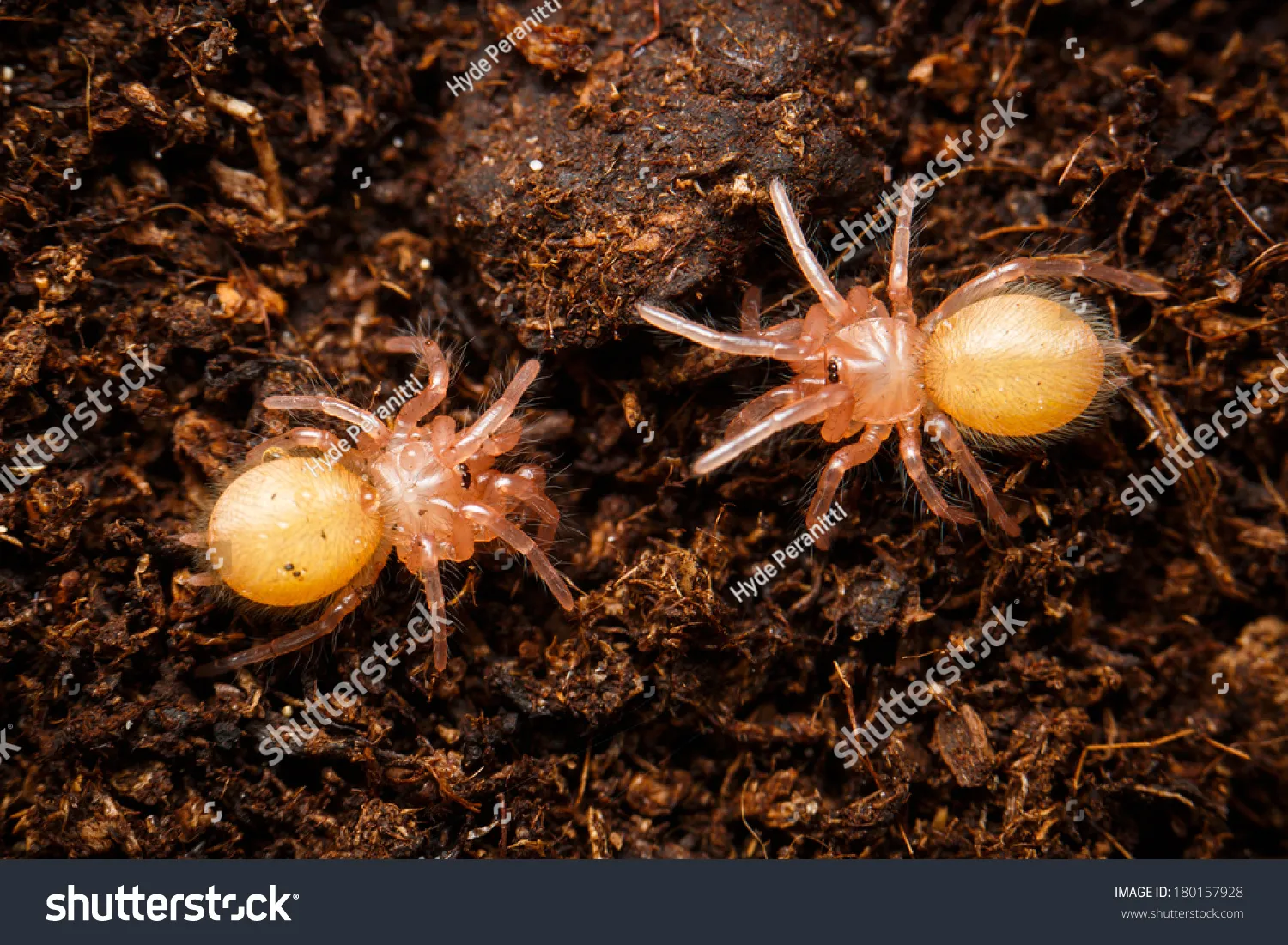
Caring for a baby tarantula is a commitment that requires patience, knowledge, and a genuine interest in these fascinating creatures. By understanding their specific needs, providing the right environment, and practicing safe handling techniques, you can ensure your baby tarantula lives a long, healthy, and fulfilling life. Remember to continually educate yourself, observe your tarantula’s behavior, and adapt your care as it grows and develops. Enjoy the unique experience of keeping these amazing arachnids!
